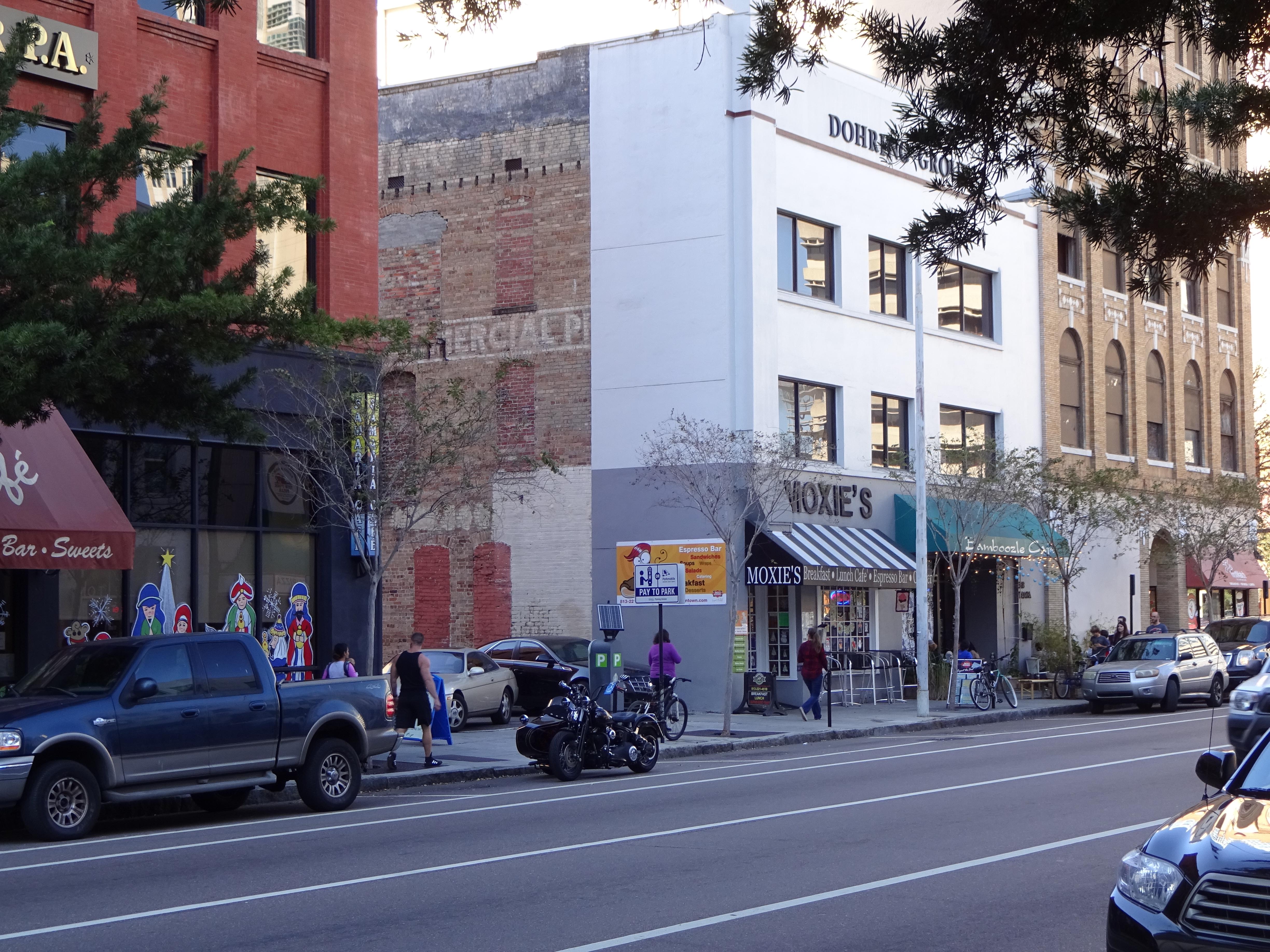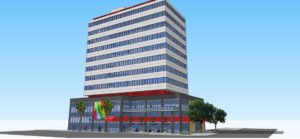Is Downtown Tampa Already Losing Sight of Its Urban Growth Vision?

We’ve been bringing you development updates on downtown Tampa as it takes steps to becoming a livable downtown destination. We’ve talked about the various projects and events centered around downtown, highlighting its convenience and ease-of-access as major factors in transitioning to a desirable location for urban living.
 However, Tampa City Council’s recent decision in regards to a new micro-apartment concept in the downtown core has left us questioning the city’s commitment to encouraging urban growth.
However, Tampa City Council’s recent decision in regards to a new micro-apartment concept in the downtown core has left us questioning the city’s commitment to encouraging urban growth.
This week, we learned that the city is hitting the developer with a $3 million fee in response to his plans to feature units without on-site parking access.
The developer planned to advertise parking-free units as a positive feature, rather than a negative with the idea that it further promotes downtown’s inherent walkability and vision for urban growth. However, city council members seem to think otherwise, showing us that maybe Tampa isn’t as ready for major urban growth as it has been wanting everyone to believe.
A major factor of true urban growth is the accommodation of urban in-fill. Developments must account for increased density to facilitate a convenient economy. The point of parking-free apartment units is that a car no longer has to be an every day reliance. When you can live, work and shop all in a condensed environment, a car is no longer as necessary. You can easily walk or use public transit to get where you need to be going.
The Case for Urban Growth in Downtown Tampa
It would be one thing if the micro-apartment development was the only project of its kind. But that is not the case. Almost all of the ongoing projects in the downtown core are meant to facilitate urban growth:
- The stretch of N. Franklin is touted as an example of downtown’s urban living potential. Residential developments feature access to a walkable area of restaurants, office space and retail shops.
- The new, high-profile Water Street development in Channelside will focus entirely on health-conscious, sustainable urban living.
- The devoted bike lane on Cass St. and the one in the works for Jackson are meant to reduce traffice density and promote bike transit
- The TECO Line Streetcar has undergone major brainstorming sessions for potential expansion routes into downtown and surrounding neighborhoods
- Coworking space and other short term office concepts have increased in popularity throughout the downtown core. They offer professionals on-demand, flexible office solutions to fit with their lifestyle.
With all of these initiatives, it is disappointing to see the city’s response to a parking-free apartment concept. The developer has stated if the city is unwilling to negotiate the fee, the building will remain as office space. It is worth noting that the current office building features no access to parking. As it stands, the building contributes more to daily traffic congestion than residential units would.

Recent Comments